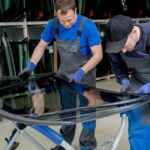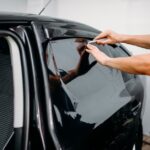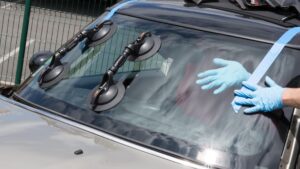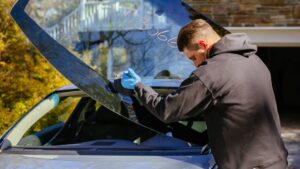
When it comes to bus safety, the type of glass used in the vehicle can make a significant difference. Glass serves as a protective barrier for passengers, drivers, and other road users. Whether it’s the windshield, side windows, or other parts of the bus, choosing the right type of glass is essential for the safety and structural integrity of the vehicle. Two commonly used types of glass in the transportation industry are laminated glass and tempered glass. Both types have their unique characteristics and applications, and understanding the differences between them is crucial for ensuring maximum safety in bus operations.
In this blog, we will explore the features of laminated and tempered glass, their respective roles in bus safety, and why choosing the right glass is essential for the overall protection of passengers and drivers. We’ll also highlight how choosing a reliable service provider for your glass needs can impact safety standards.
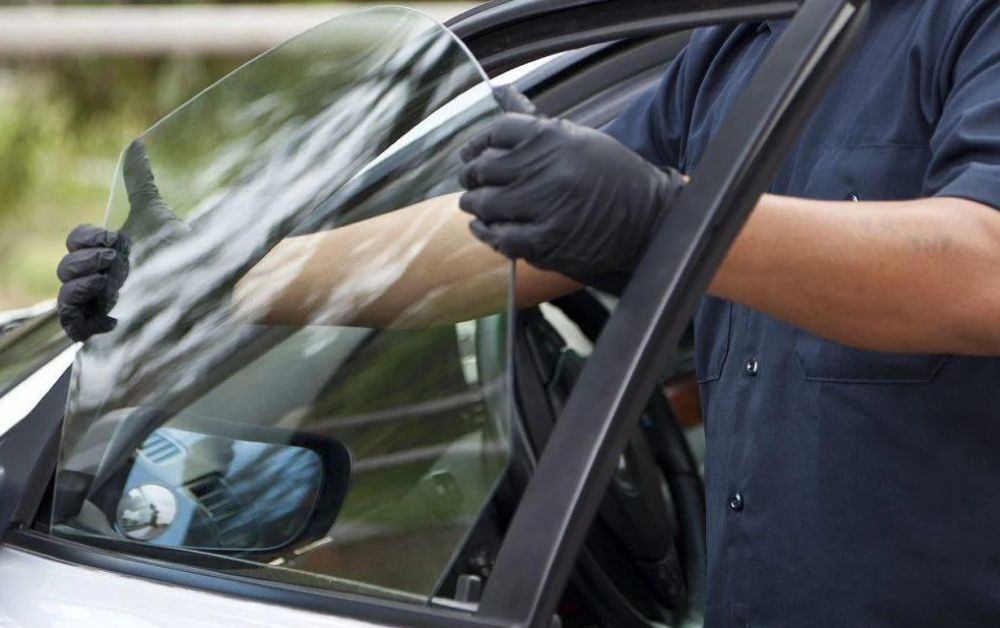
What is Laminated Glass?
Laminated glass is made by sandwiching a layer of plastic, typically polyvinyl butyral (PVB), between two layers of glass. This creates a durable, tough piece of glass that provides several benefits in terms of safety. Laminated glass is commonly used in vehicle windshields and is known for its ability to hold together even after being subjected to significant force.
One of the primary advantages of laminated glass is its ability to remain intact after impact. When this type of glass is broken, the layers tend to stick together due to the plastic interlayer, preventing the glass from shattering into dangerous shards. This is especially important in bus safety, as large shards of glass can cause serious injury to passengers during accidents. By preventing glass from shattering, laminated glass reduces the risk of flying debris and glass-related injuries, making it an essential feature in windshields and front windows.
What is Tempered Glass?
Tempered glass, on the other hand, is made by heating the glass to a high temperature and then rapidly cooling it. This process, known as tempering, makes the glass stronger and more resistant to breaking. When tempered glass does break, it shatters into small, rounded pieces instead of sharp shards. This makes it less likely to cause serious injury.
Tempered glass is often used in side windows, rear windows, and other parts of vehicles. Its strength makes it ideal for areas that may be subjected to impact, such as side windows that passengers may need to break out of in an emergency. When tempered glass is broken, the small, rounded pieces are much less likely to cause harm compared to traditional glass.
Laminated Glass vs. Tempered Glass in Bus Safety
Both laminated and tempered glass play critical roles in ensuring bus safety, but they have distinct advantages depending on their application in the vehicle.
1. Windshield Protection
The windshield of a bus is the most critical glass in terms of protection for passengers and the driver. This is the area that faces the most direct impact from flying debris, stones, and other potential hazards. For this reason, laminated glass is almost always used in bus windshields. It provides superior protection against large impacts, preventing the glass from shattering and ensuring that it stays intact even in the event of a collision or crash. The plastic interlayer between the glass layers absorbs impact and keeps the glass from scattering into the cabin, reducing the likelihood of injury.
2. Side and Rear Window Safety
While laminated glass is preferred for windshields, tempered glass is more commonly used in side and rear windows of buses. Tempered glass is highly durable and can withstand impact, yet it is designed to shatter into small, rounded pieces when broken. This is beneficial in emergency situations when passengers may need to escape from the vehicle quickly. For example, during a fire or flood, passengers can safely break tempered glass without the risk of sharp shards causing further injury.
While laminated glass can also be used for side windows, tempered glass is often chosen because it is more cost-effective and can still offer adequate safety in most situations. In emergency cases, tempered glass provides a quick escape route without compromising too much on safety.
3. Impact Resistance and Safety
When it comes to impact resistance, laminated glass generally outperforms tempered glass. The layers of laminated glass absorb the energy of an impact, reducing the force transmitted into the vehicle cabin. In contrast, while tempered glass is designed to be tough, it is more prone to shattering when subjected to extreme pressure, such as during a high-impact collision.
In the event of a collision or accident, laminated glass offers better protection against injuries from broken glass. This is why it is often used in locations where passengers are more likely to be seated and less likely to be able to exit the vehicle quickly, such as the front windshield area.
4. UV Protection
Another advantage of laminated glass is its ability to block harmful ultraviolet (UV) rays. The plastic interlayer in laminated glass acts as a filter, reducing the amount of UV radiation that enters the vehicle. This not only helps in protecting passengers from UV exposure but also reduces the fading and deterioration of interior materials, such as upholstery and dashboard components.
Tempered glass does not have the same UV-blocking properties, making it less ideal for areas where UV exposure might be a concern. However, in emergency exits and side windows, UV protection is not as critical as the ability to break the glass safely.
Why Choosing the Right Glass Is Crucial for Bus Safety
Both laminated and tempered glass offer specific safety benefits, and the correct choice depends on the part of the bus and the type of protection required. Bus operators and fleet managers need to ensure that the correct type of glass is used for each application to maximize the safety of both passengers and drivers.
Choosing a reputable and experienced service provider for bus glass installation and repairs is key to ensuring that the glass is fitted properly and meets the highest safety standards. A professional service provider will be able to recommend the best type of glass for each situation and ensure that it is installed according to industry standards.
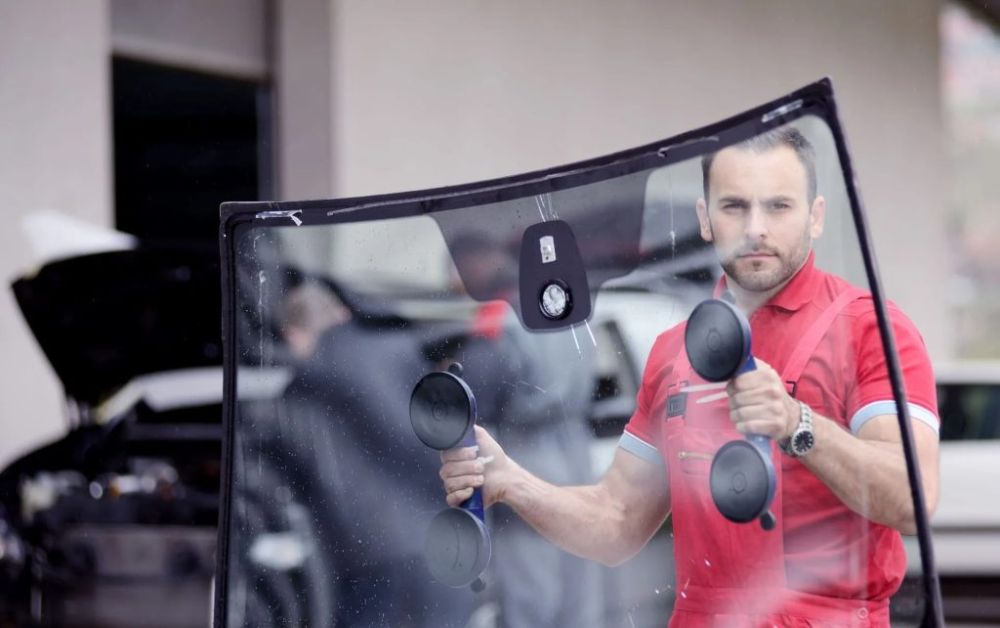
Conclusion
When it comes to ensuring bus safety, choosing between laminated and tempered glass is a decision that has a direct impact on the safety of passengers. While laminated glass is ideal for windshields due to its ability to absorb impact and stay intact, tempered glass is better suited for side and rear windows, offering safety in the form of shatter-resistant properties.
For bus operators in Abu Dhabi looking for high-quality glass installation and repairs, Windmaster Autocare LLC is a trusted service provider that specializes in both laminated and tempered glass solutions. With a team of experienced professionals and a commitment to safety, Windmaster Autocare LLC ensures that every bus is equipped with the best glass to provide maximum protection for both passengers and drivers. Whether you’re looking to replace a windshield or upgrade your vehicle’s side windows, Windmaster Autocare LLC is the go-to provider for all your bus glass needs.


